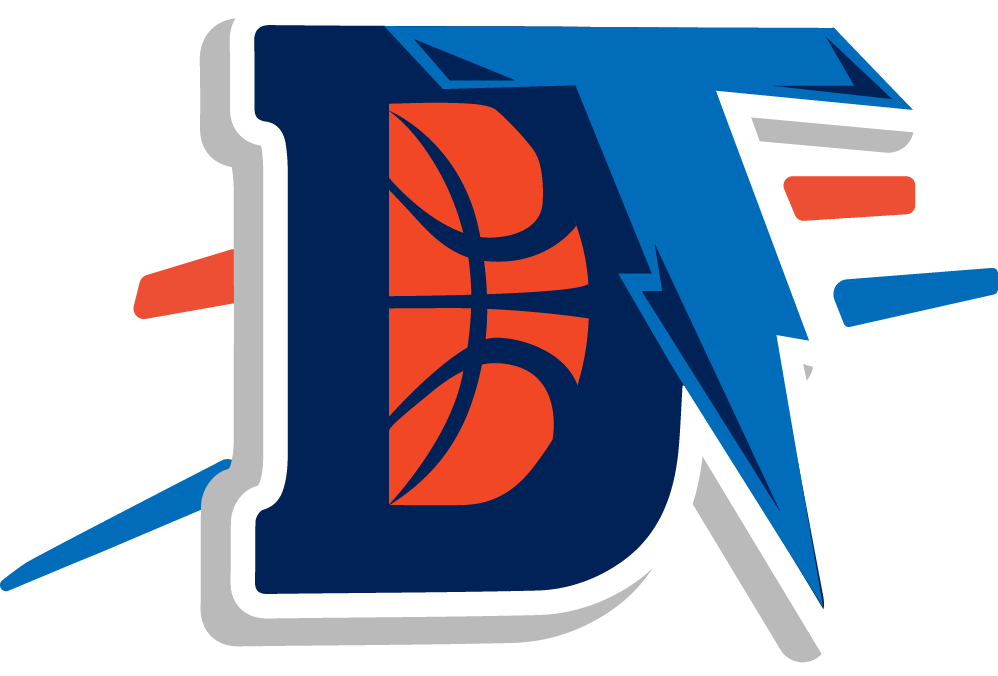Wake Up Call: PG13 Holds the Key
Having been in Indiana for the last couple years going to school, I’ve had the chance to be up close and personal for “The Paul George Experience.” Like everyone else, I marveled at a player who possessed the rare combination of skills only found in a handful of players in the NBA. Size, athleticism, outside shooting, ball handling, and lockdown defense — he has the complete package.
But I have to admit, even before last season there were whispers. Never more than that, lest they risk bashing the Pacers’ franchise player, yet whispers none the less. Those that watched the Pacers every night couldn’t question his ability, but you could always hear barely-audible complaints about George’s motor. His occasional lack of effort.
Last season as the two sides were moving toward a messy break up, the whispers became more clear. By the time he was traded to the Thunder, this had turned to full-on outcries. “You can have him,” people would tell me, “have fun watching him not play hard.”
I laughed at this, considering my favorite team had acquired a perennial all-star, a top 20 player in the league, in exchange for merely Victor Oladipo and Domantas Sabonis. Even this season as those two have far exceeded expectations, I have continued to support the move. It’s one Sam Presti should make 100 times out of 100.
However, it’s obvious the Thunder’s season has not gone according to plan. While a transition period was to be expected, this most recent dip has exposed how far the team still needs to go to achieve its goals. The problem certainly is not talent, and lately it’s not even been x’s and o’s. It’s not even all about Andre Roberson’s absence, considering how poor the Thunder’s opponents have been.
As I talked about in my recap of Sunday’s loss, and Tuesday’s loss, the team’s problem is effort. The lack of “fun” has led to dispassionate play, dropping the Thunder’s level to that of its inferior competition or oftentimes below.
The blame goes around to everyone. Russell Westbrook’s passion has mostly been funneled into annoyed aggression, Steven Adams and Roberson are stoics by nature and Carmelo Anthony’s not exactly a walking bundle of joy, either.
But there hasn’t been a single player whose performance, and effort, has fluctuated as much as Paul George. Wednesday’s 13-point performance marked the 10th time George has finished with less than 15 points in a game. He’s also thrown up 10 games of 25+ points. For an established star, he has the strange tendency to disappear into the flow of the game, while at other times he grabs the reigns and dominates.
And as he goes, the Thunder go. When he’s locked in, it’s a totally different team. In wins, PG is averaging 22.5 points per game, shooting nearly 46 percent from the field and 47 percent from three. Rephrased a different way, when he puts up those stats the Thunder wins. When George drops 30 or more points, the Thunder is 5-0.
In losses, those numbers drop to 18.7 points per game, 40 percent from the field and 39 percent from three. It’s hard to quantify effort, but I can tell you that four of his five lowest usage rate games have also come in losses.
The lack of effort is certainly not out of malice, it’s more of a “whatever” vibe that’s contagious. It causes lulls during games that turn into quarter-long slumps, and inhibits potential comeback attempts. Eventually and most importantly, it causes the team to play down to lesser competition, and wins drift away and disappear.
It’s not a totally damning problem. The good news for Thunder fans, proven again and again during his time in Indiana, is that PG locks in during the playoffs, and when he does he’s a bad, bad man. Yet it’s also not exactly a solvable one. So hopefully no irreparable damage is done as far as playoff positioning before that time comes.
After all, if OKC can’t get the three seed, maybe the six seed with a potential matchup against Spurs-sans-Kawhi might not be the worst idea?
